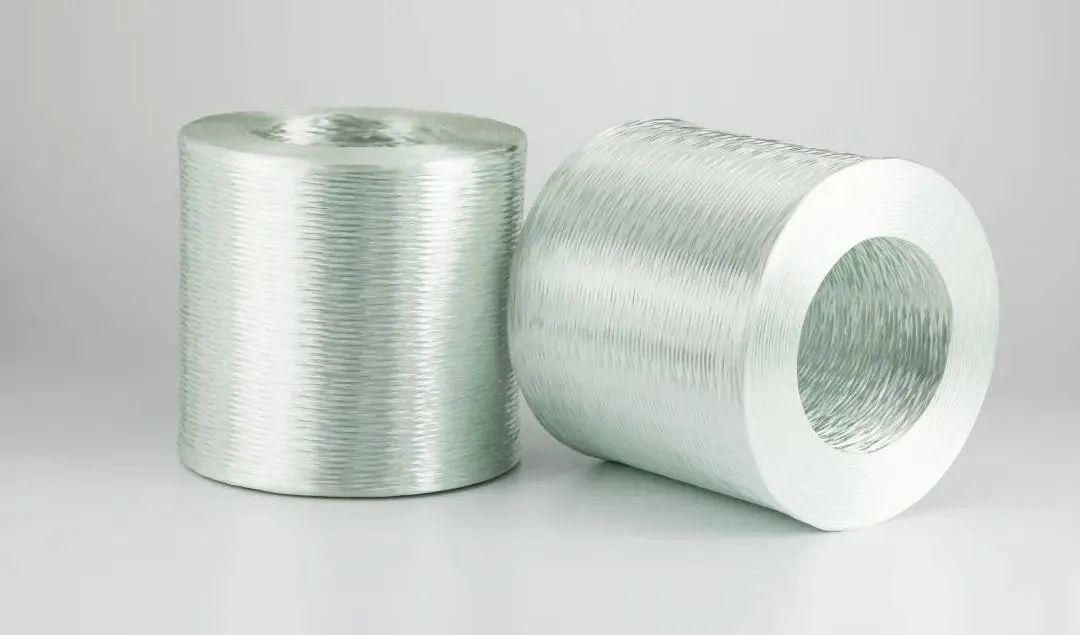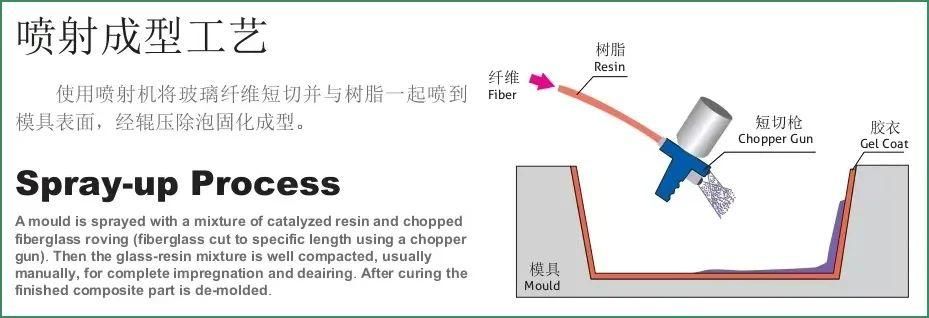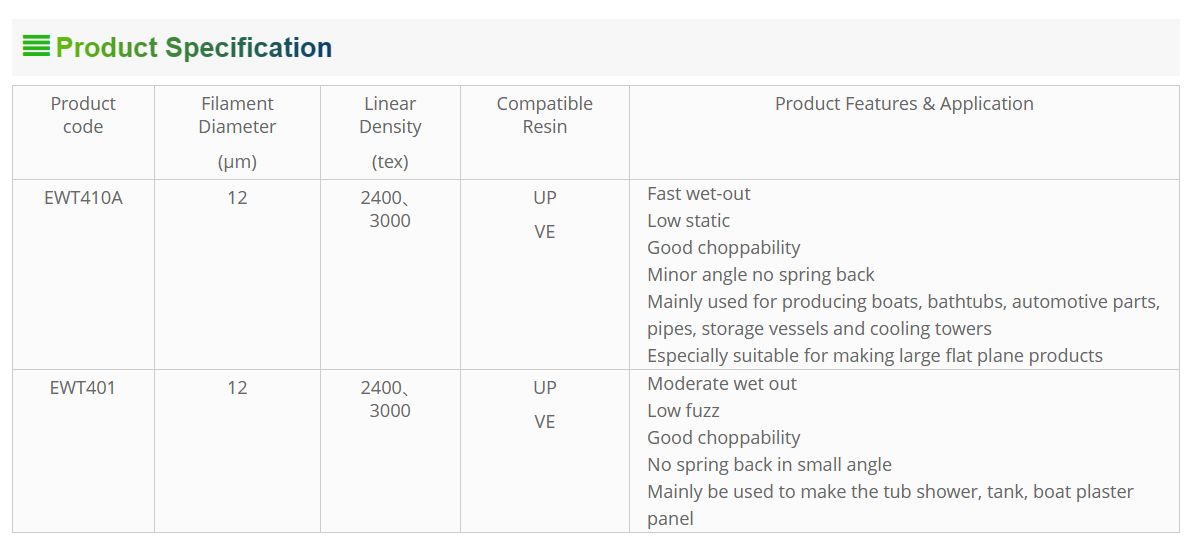Reinforcement Material for Fiberglass Boats
ECR-Glass Assembled Roving For Spray Up

Asia composite materials (Thailand)co.,Ltd
The pioneers of fiberglass industry in THAILAND
E-mail:yoli@wbo-acm.com WhatsApp :+66966518165
The fiberglass can be classified into glass fiber yarn and fiberglass roving, and based on whether it is twisted, it is further divided into twisted yarn and untwisted yarn. Similarly, fiberglass roving is divided into twisted roving and untwisted roving.
Fiberglass roving for spray up, on the other hand, is a type of untwisted assembled roving, which is formed by bundling parallel strands or individual strands. The fibers in untwisted assembled roving are arranged in a parallel manner, resulting in high tensile strength. Due to the absence of twisting, the fibers are relatively loose, making them easily permeable to resin. In the production of fiberglass-reinforced plastic (FRP) for ships, untwisted fiberglass roving is utilized in the glass fiber spray molding process.

The fiberglass roving for spray up is designed for spraying applications, requiring excellent compatibility among the spraying equipment, resin, and glass fiber fabric. The selection of these components requires experience.
The untwisted coarse yarn suitable for fiberglass spray molding should possess the following characteristics:
Appropriate hardness, good cutting performance, and minimal static electricity generation during continuous high-speed cutting.
Uniform distribution of cut glass fibers without clumping. Efficient dispersion of cut fibers into original strands, with a high bundling rate, typically requiring 90% or more.
Excellent molding properties of the short-cut original strands, allowing coverage in various corners of the mold.
Rapid resin infiltration, easy rolling and flattening by rollers, and easy removal of air bubbles.
Twisted coarse yarn has good tensile resistance, easy fiber control, but is prone to breakage and dust during coarse yarn production. It is less likely to tangle during unwinding, reducing flyaways and issues with rollers and adhesive rollers. However, the processing is complex, and the yield is low. The twisting process aims to intertwine two strands, but it does not result in optimal impregnation for fiberglass in the production of fiberglass-reinforced plastic (FRP) for fishing boats. Single-strand yarn is preferable for fiberglass production, providing greater flexibility and ease of adjustment in fiberglass content. Twisted coarse yarn is less commonly used in fiberglass production for FRP.

Fiberglass roving for spray up End-use markets as below
Marine/Bathroom equipment /automotive /chemistry and chemical /sports and leisure
Post time: Nov-30-2023




